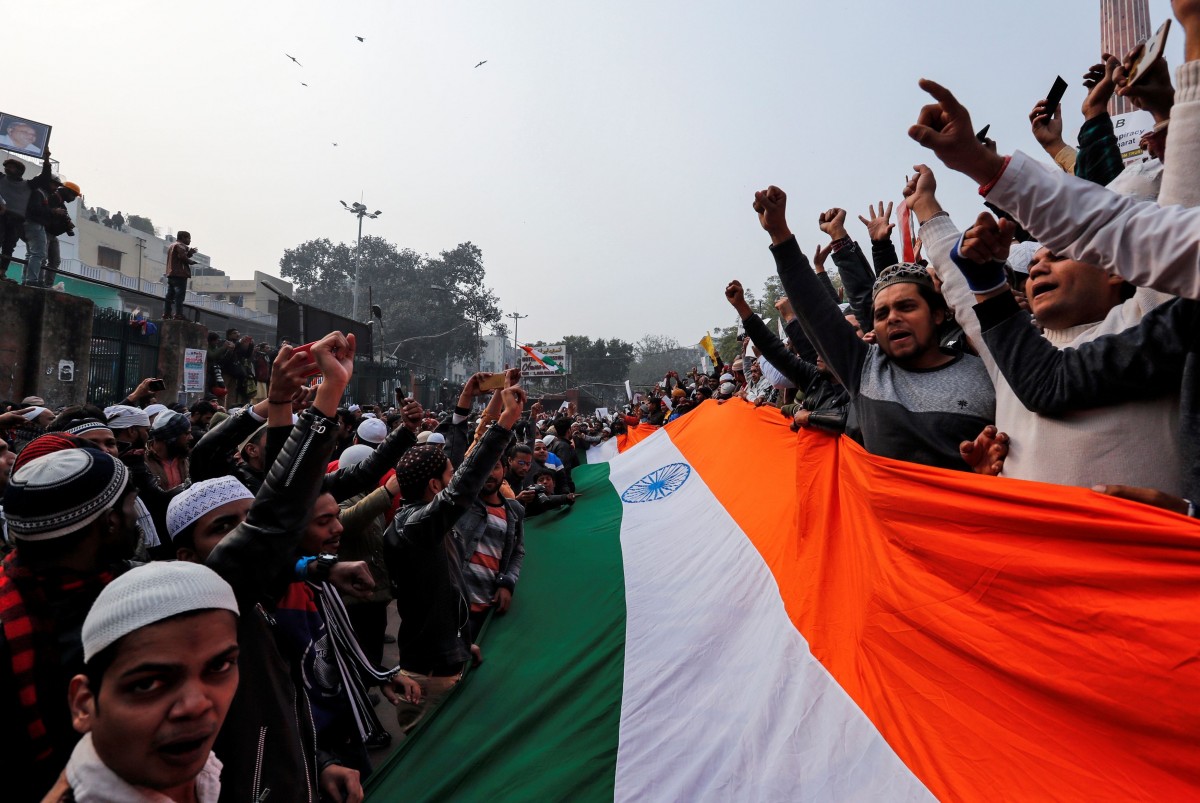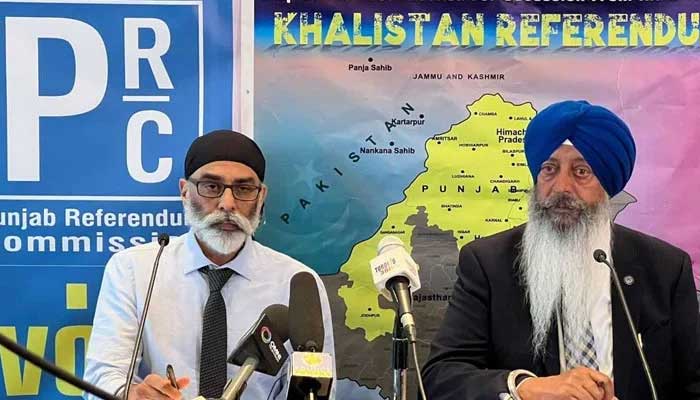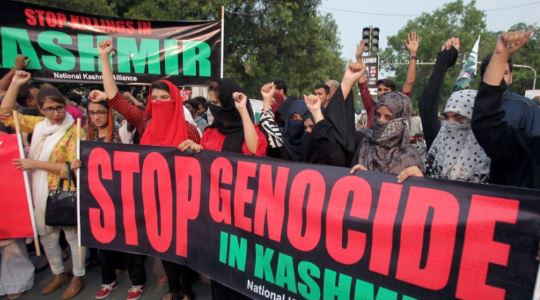
Qaisar Mansoor
In 2014, the Hindu nationalist Bharatiya Janata Party (BJP) came to power and the political landscape of India morphed into saffron terrorism. It was evident that the secular ideals professed by Nehru were under threat from Hindutva fanaticism, when the ‘butcher of Gujrat’, Narendra Modi, declared at an election rally in Bangalore, “I can see saffron waves rising from across the region. What a delightful sight!”
The current BJP is anchored in the politico-religious ideologies of Arya Samaj, a movement which established itself in 1875. The notions of Arya Samaj were ultimately given its exclusionary shape by Vinayak Damodar Savarkar in a 1923 pamphlet called “Essentials of Hindutva”. The exclusionary ideology of Savarkar later birthed the right-wing RSS seeking to establish a state for the Hindus.
Prominent global human right organization reports and investigative articles regularly question India’s deteriorating commitment to democracy and deliberate on the trajectory of India’s democracy.
The Democracy Index published by The Economist Intelligence Unit has also recently described India as a “flawed democracy”. While the US based Freedom House, in its 2022 report has rated India as ‘partially free’. The findings of these reports raise serious questions on India’s democratic acclamations. India, under Modi government is carrying out a systemic oppression of minorities groups, notably Muslims, Christians and Dalits.
India has been rampantly deploying draconian laws such as the Unlawful Activities Prevention Act (UAPA) to particularly target Muslim and Christian community. Article 19 of India’s Constitution provides for freedom of speech, defined as the right to express one’s opinion freely without any fear. However, India, under Modi, witnesses a regular breach of this right. Silencing of critical voices through hate speech laws and sedation charges is rampant in India.
The status of freedom of expression in India was aptly summed up recently by N. Ram, Director of The Hindu Publishing Group, who stated that “The harassment against certain journalists in the country has escalated, and journalists from the Muslim community or those supporting the minorities are being targeted.” Debasish Roy Chowdhury and John Keane in their book titled ‘To Kill a Democracy: India’s Passage to Despotism’ aptly note that India is highly polarized under Modi’s regime.
The basic foundations of the Indian democracy have eroded and the future of its democracy appears bleak. BJP has tainted India’s reputation as the world’s largest democracy and has propelled India on a right wing Hindutva path.
Please visit our website London Institute of Peace Research for latest peace news


